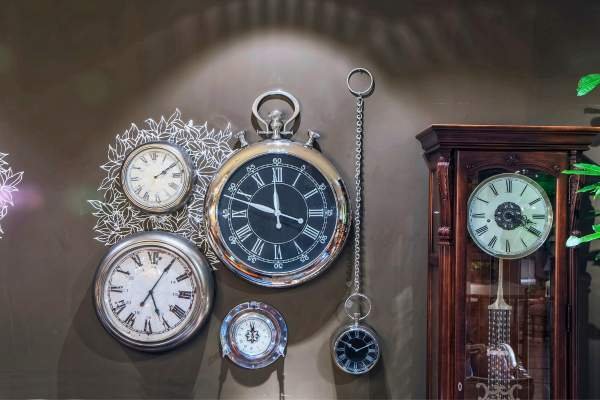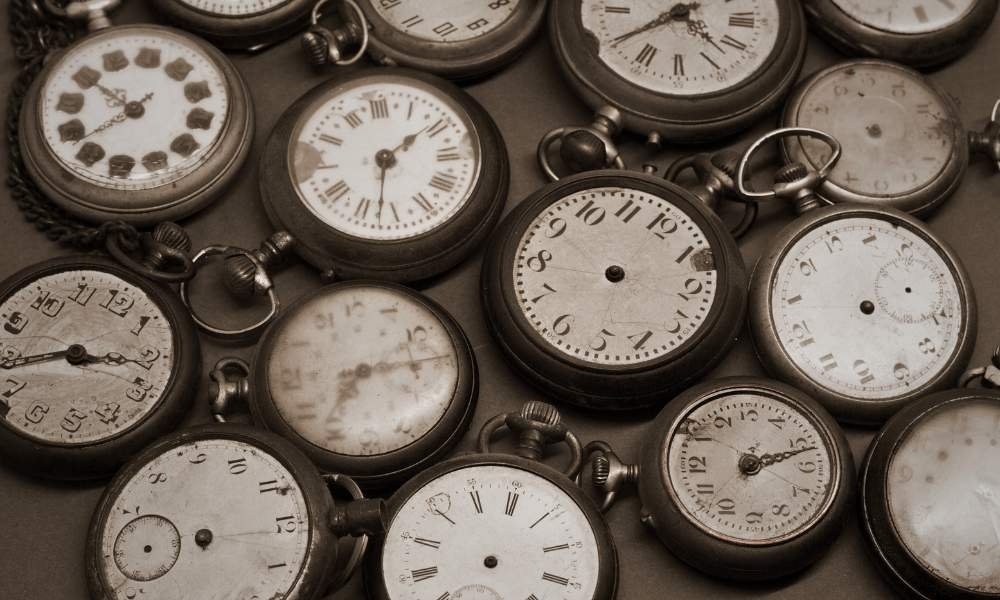Welcome to our exploration of the fascinating world of antique timepieces, delving into “Who Buys Old Clocks?” Whether you’re a seasoned collector, a design enthusiast, or simply curious about the charm these historical artifacts carry, this article offers insight into the diverse community of buyers. From interior designers seeking unique décor elements to historians preserving time-bound treasures and collectors scouting for valuable investments, discover the motivations and passions driving the antique clock market. Join us as we uncover the allure behind these timeless treasures and understand the enduring appeal of old clocks in today’s modern era.
Historical Significance of Old Clocks
Old clocks are not just time-keeping devices; they are gateways to the past, each with its own story and cultural significance. These antique timepieces, including elegant grandfather clocks, whimsical cuckoo clocks, and stately mantle clocks, serve as remarkable reflections of historical craftsmanship and artistic evolution. Collectors and enthusiasts cherish these watches for their intricate mechanics and the historical context they embody, making them highly sought-after. The preservation of these clocks offers a glimpse into different eras and customs, illustrating how time measurement has evolved and influenced societies worldwide. This inherent value makes old clocks a prized possession for many, transcending mere functionality to become cherished heirlooms.
Collectors and Enthusiasts
Who buys old clocks? The market for these timeless treasures is as diverse as the watches themselves. Collectors and enthusiasts, driven by a mix of passion for history, mechanical fascination, and investment potential, are the primary buyers. They range from professionals seeking unique pieces for decor to historians aiming to preserve mechanical heritage. Every purchaser possesses a distinct narrative, brought together by a shared admiration for the elaborate artistry and rich history of every item. Whether for personal enjoyment, professional decor, or educational purposes, the allure of old clocks continues to captivate a wide audience.
Interior Decorators and Designers

Interior decorators and designers frequently seek out old clocks to elevate modern spaces with a touch of timeless elegance. These vintage pieces serve as focal points in a room, blending historical richness with contemporary style. For instance, a grandiose grandfather clock can anchor a minimalist living room, providing contrast and interest. Similarly, smaller Art Deco clocks add a subtle nod to the past in sleek, modern office settings. Design themes like rustic chic or industrial modern often incorporate old clocks to enhance authenticity and warmth. By integrating these historical timepieces, decorators create a narrative that connects the past with present-day aesthetics, enriching the overall design appeal.
Museums and Historical Societies
Museums and historical societies play a crucial role in preserving antique clocks, ensuring these timeless pieces are safeguarded for future generations. By acquiring and maintaining old clocks, museums not only celebrate the artistry and engineering of bygone eras but also serve as educational resources. Historical societies often procure these intricate timepieces through donations, auctions, or direct purchases, integrating them into exhibits that highlight historical timelines and technological advancements. Through interactive displays and guided tours, visitors gain a deeper appreciation of the craftsmanship and historical context of these watches, making these institutions vital in the ongoing story of human ingenuity and heritage.
Antique Dealers and Auction Houses
Antique dealers and auction houses play pivotal roles in the trade of old clocks, catering to enthusiasts who cherish their historical significance. These professionals possess deep expertise in identifying and appraising rare timepieces, facilitating transactions that satisfy both sellers and collectors. At auctions, old clocks often become the centerpiece, attracting bids from around the globe. The auction process itself is meticulously planned, from cataloging items to final gavel falls, ensuring transparency and fairness. This dynamic marketplace not only preserves the legacy of antique clocks but also determines their value, making it a vital hub for serious collectors and investors in the realm of antiquities.
Online Marketplaces and Forums
Exploring the question, “Who buys old clocks?” leads us to the vibrant world of online marketplaces and forums. These platforms have revolutionized how antique clocks are traded, offering collectors and enthusiasts a vast array of options from around the globe. Users can browse countless listings, compare prices, and read detailed histories of each piece. However, the convenience of digital transactions brings its own set of challenges, particularly concerning trust. Ensuring authenticity and condition without physical verification demands careful scrutiny and often relies on seller reputation and buyer reviews. This digital shift has opened up the market, making it more accessible but also more complex to navigate.
Craftsmen and Restoration Experts
Craftsmen and restoration experts often purchase old clocks, driven by a passion for bringing historical timepieces back to life. These professionals meticulously restore each clock, preserving its original charm while ensuring it functions correctly. The process, while challenging, involves intricate work such as cleaning delicate mechanisms and repairing worn-out parts. The rewards of clock restoration are significant; not only do these craftsmen contribute to preserving history, but they also create valuable, one-of-a-kind items for collectors and enthusiasts. Each restored clock represents a blend of art, history, and engineering, making the profession both fulfilling and profitable for those who are skilled in this craft.
International Buyers and Global Markets

The global market for old clocks thrives vibrantly, drawing buyers from Europe, America, and Asia. In Europe, collectors and museums often prize antique clocks for their historical significance and craftsmanship. American enthusiasts usually hunt for vintage pieces that mirror their cultural heritage and decorating styles. Meanwhile, in Asia, a rising interest in both European antiques and domestically produced historical timepieces emerges, fueled by a deep appreciation for the artful blend of mechanics. Cultural nuances significantly shape the types of clocks sought after in these regions, displaying a rich tapestry of global appreciation for historical timekeeping devices.
Conclusion
In conclusion, the question “Who buys old clocks?” reveals a rich tapestry of enthusiasts ranging from collectors and historians to interior decorators and restoration experts. Each buyer brings a unique perspective and value to the timeless pursuit of acquiring antique clocks. As the market expands, both through traditional channels and online platforms, it continues to attract a diverse audience. This enduring interest ensures that old clocks remain not only cherished relics of the past but also coveted assets in the present. Understanding these dynamics helps enthusiasts and sellers alike better navigate the complexities of the antique clock market, preserving the legacy and the mechanics of these historical timepieces for future generations.
